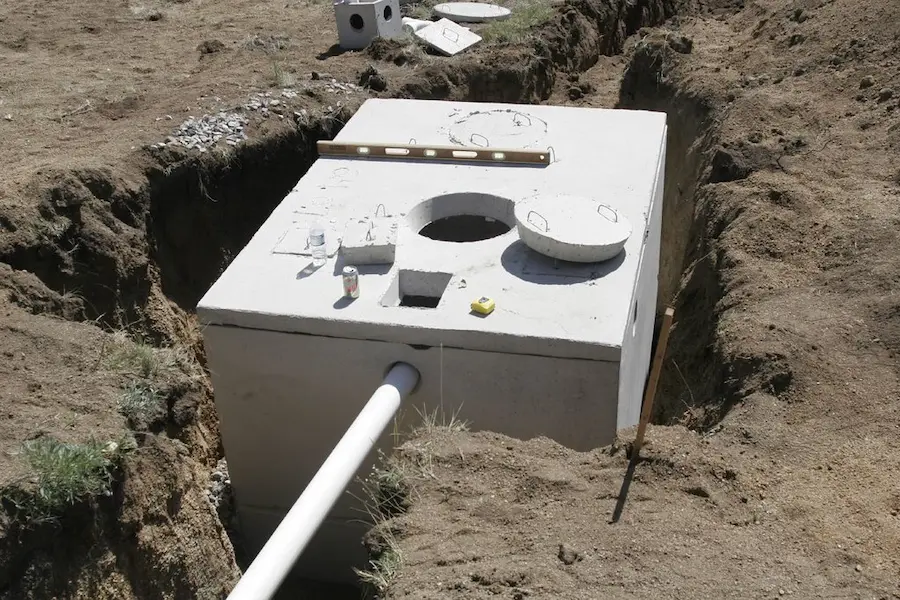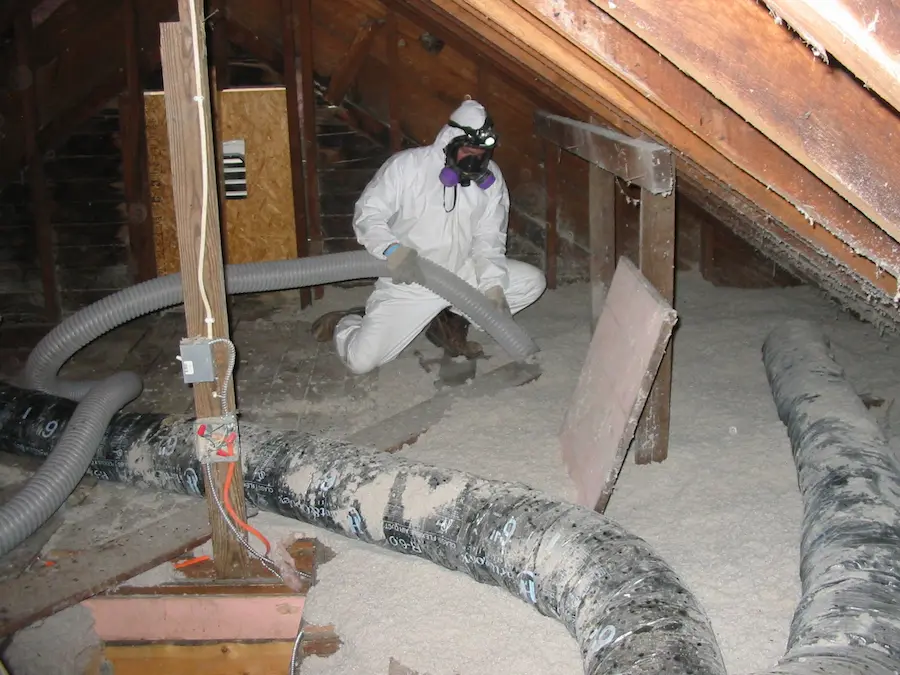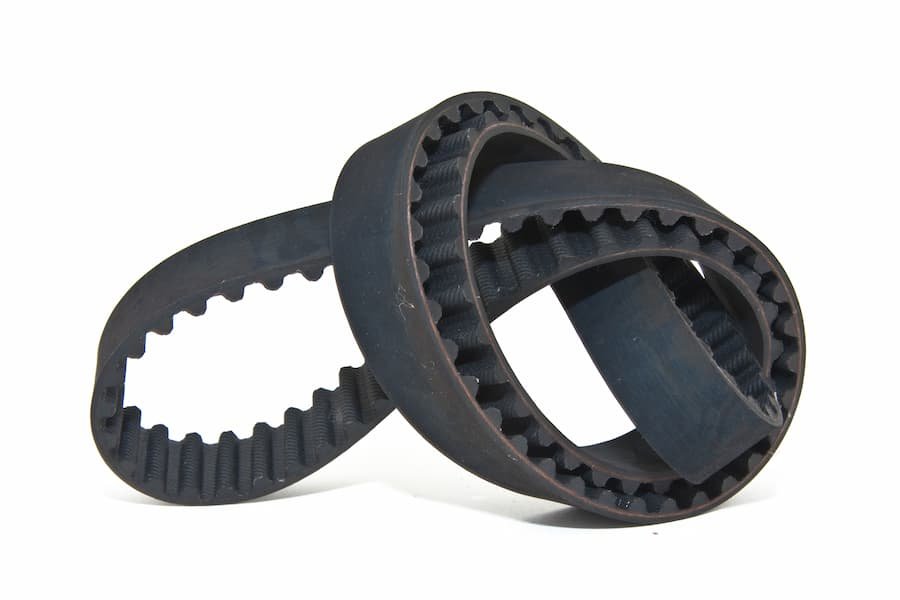Table of Contents
Key Takeaways
- Liriope Super Blue is a low-maintenance, hardy ground cover that fits well in many types of landscapes.
- Ensuring proper soil conditions, watering, and fertilization will maximize growth and vibrant foliage.
- Regular pruning and pest management keep it healthy and looking great.
- Seasonal care adjustments are key to long-term success with this plant.
Introduction to Liriope Super Blue
Liriope Super Blue has become a trusty favorite in my garden over the years. It’s versatile, low-maintenance, and brings a subtle yet stunning visual appeal to any landscape. Whether you’re a seasoned gardener or just starting out, Liriope Super Blue is a plant you’ll want to have. I’m sharing my experience and tips because I genuinely believe that every gardener can benefit from a plant as reliable and rewarding as this one. So, let’s dive into how you can get the most out of Liriope Super Blue.
Understanding the Plant Characteristics
I’m always amazed by how Liriope Super Blue delivers year after year. This perennial is known for its dense, clump-forming growth, typically reaching about 12-18 inches in height and width. Its narrow, arching leaves stay vibrant and green throughout the year, which is particularly satisfying during the drab winter months. The purple flowers that emerge in late summer are just the icing on the cake, adding a splash of color when many other plants have finished blooming. This plant is adaptable to various conditions, thriving in full sun to deep shade, though I’ve found it looks its best in partial shade. Plus, it’s wonderfully drought-tolerant once established, making it a solid choice for those tricky spots in the garden.
Soil Requirements
One of the best things about Liriope Super Blue is that it’s pretty easygoing when it comes to soil—definitely a win in my book. While it thrives in well-drained soil with a slightly acidic to neutral pH (between 5.5 and 7.0), I’ve had the most success when I’ve taken the time to prepare the soil properly. Mixing in compost to enhance its texture and fertility is a small effort that pays off big time, helping the plant establish quickly and maintain its lush appearance.
Planting Liriope Super Blue
Planting Liriope Super Blue is straightforward, and it’s something I always look forward to in the spring or fall when temperatures are just right. Here’s how I do it:
- Prepare the Soil: I start by loosening the soil to a depth of 6-8 inches and mixing in some organic compost. This step really sets the stage for healthy growth.
- Dig the Holes: I space the plants 12-18 inches apart to give them plenty of room to spread out. The holes I dig are slightly wider and the same depth as the plant’s root ball.
- Planting: Placing the root ball in the hole, I make sure the top is level with the surrounding soil. After backfilling, I gently firm the soil around the plant.
- Watering: A thorough watering after planting helps the soil settle around the roots, which is crucial for the plant to establish itself.
Watering Needs
Watering Liriope Super Blue is easy once it’s settled in, but I do keep an eye on it during the first season to make sure it’s getting what it needs. Here’s what works for me:
- Initial Phase: I water deeply once or twice a week, depending on the weather. This helps the plant develop a robust root system.
- Established Plants: After that first season, Liriope Super Blue becomes more self-sufficient. During long dry spells in summer, I give it an occasional deep watering, but otherwise, it’s happy with whatever nature provides.
- Signs of Overwatering/Underwatering: It’s easy to tell if you’re overdoing it—yellowing leaves are a dead giveaway. On the flip side, if the tips of the leaves start turning brown, it’s time to increase the watering.
Fertilization and Feeding
When it comes to feeding Liriope Super Blue, just a little bit of care makes all the difference. Here’s my approach:
- Type of Fertilizer: I prefer using a balanced, slow-release fertilizer (like a 10-10-10 NPK formula) in early spring. Organic options like compost or well-rotted manure are also great if you’re looking to go the natural route.
- Application: I make sure to spread the fertilizer evenly around the base of the plants, being careful to keep it off the foliage. A good watering after application helps the nutrients soak into the soil.
- Frequency: I typically fertilize once in spring, but if the plant seems to need a boost, I might do it again in mid-summer. This keeps the foliage lush and the plant looking its best.
Pruning and Trimming
Pruning is key to keeping Liriope Super Blue looking its best. I’ve found that this simple task makes a huge difference:
- Why Prune: Regular pruning not only keeps the plant from becoming too dense but also encourages fresh, new growth. Plus, it’s a great way to remove any damaged or dead foliage.
- Best Time to Prune: I always aim to prune in late winter or early spring, before new growth starts. This timing seems to give the plant a head start for the growing season.
- How to Prune: Using sharp shears, I trim the foliage back to about 3-4 inches above the ground. It might look a little drastic at first, but trust me, it pays off when that fresh, green growth emerges.
Dealing with Pests and Diseases
Liriope Super Blue is a tough plant, but like anything in the garden, it can have its occasional hiccups. Here’s what I’ve learned:
- Common Pests: Slugs and snails love damp conditions, and unfortunately, they love Liriope too. I’ve had good results using organic slug pellets or creating barriers with diatomaceous earth.
- Diseases: Overwatering can lead to root rot, which I’ve seen happen when the soil doesn’t drain well. Leaf spot and rust are other issues that can crop up, but improving air circulation and removing affected leaves usually keeps them in check.
- Treatment Options: I always try natural remedies first, but if the problem persists, I won’t hesitate to use a fungicide or insecticide. It’s about finding the right balance to keep the plant healthy.
Mulching and Weed Control
I’ve found that mulching really makes a big difference with my Liriope Super Blue plants:
- Benefits: Mulch helps retain moisture, suppresses weeds, and improves soil structure over time. It’s an easy way to give the plants a little extra love.
- Types of Mulch: I prefer organic mulches like shredded bark or pine needles. I apply a 2-3 inch layer around the base of the plants, making sure not to pile it against the stems.
- Weed Control: While mulch does a good job of keeping weeds at bay, I still do some hand-weeding now and then, especially when aggressive weeds manage to poke through.
Propagation Techniques
Dividing Liriope Super Blue has always worked well for me. It’s a simple process that’s rewarding:
- When to Propagate: I usually divide my plants in early spring or fall when the weather is mild.
- Step-by-Step Guide:
- Dig Up the Plant: I start by carefully digging up the entire clump.
- Divide the Clump: Using a sharp knife or spade, I divide the clump into smaller sections, each with plenty of shoots and roots.
- Replant: I replant the divisions at the same depth they were growing before, then water them in well.
- Tips for Success: It’s important to ensure each division has enough roots and shoots to thrive. Regular watering until new growth appears helps them get established.
Seasonal Care Tips
Caring for Liriope Super Blue through the seasons keeps it looking its best year-round:
- Winter Care: This plant is hardy, but I like to add a layer of mulch to protect the roots during harsh winters.
- Summer Care: During the hot summer months, I keep an eye on the watering and prune back any damaged foliage.
- Seasonal Transitions: In spring, I clean up dead foliage and apply a slow-release fertilizer to give the plants a good start for the new growing season.
Landscape Uses and Design Ideas
Liriope Super Blue is a staple in my garden design:
- Borders and Edging: Its neat, clumping habit makes it perfect for borders and pathways. I love how it adds structure and a pop of green.
- Mass Planting: For a lush, uniform ground cover, I plant Liriope in large groups. It creates a beautiful, low-maintenance carpet that looks good in all seasons.
- Companion Plants: I like to pair Liriope with shade-loving perennials like ferns and hostas. The contrasting textures and colors create a dynamic, layered look.
- Creative Designs: Whether I’m using it to define garden spaces or as a filler in mixed beds, Liriope Super Blue always delivers. It’s one of those plants that just works anywhere you put it.
Case Studies
I’ve seen Liriope Super Blue shine in a variety of settings, and here are a couple of examples:
- Example 1: In my own garden, I used Liriope Super Blue to create a low-maintenance border along a walkway. It’s held up beautifully, providing year-round interest without requiring much care.
- Example 2: I worked on a public park project where we used Liriope Super Blue for erosion control on a slope. Its dense root system worked wonders, stabilizing the soil and adding visual appeal.
- Lessons Learned: From these projects, I’ve learned that consistent pruning and proper soil preparation are key. With these in place, Liriope Super Blue can thrive in almost any setting.
Conclusion
If you’re looking for a dependable, low-maintenance plant, I can’t recommend Liriope Super Blue enough. Its adaptability, ease of care, and year-round appeal make it a standout choice. Whether you’re dealing with tricky soil, looking to create a lush ground cover, or simply want a plant that looks good without a lot of fuss, Liriope Super Blue is up to the task. With just a bit of attention to its care, this plant will reward you with vibrant foliage and delicate blooms for years to come.
Frequently Asked Questions (FAQs)
- How often should I water Liriope Super Blue?
- Water deeply once or twice a week during the first growing season. After establishment, it’s drought-tolerant and only needs watering during prolonged dry periods.
- Can Liriope Super Blue grow in full sun?
- Yes, it can grow in full sun, but I’ve found it performs best in partial shade where it receives morning sun and afternoon shade.
- How do I prevent root rot in Liriope Super Blue?
- Ensure well-drained soil and avoid overwatering. Planting on a slight slope or raised bed can help improve drainage.
- When is the best time to prune Liriope Super Blue?
- Late winter or early spring, before new growth begins, is the ideal time. Trimming back the old foliage gives way to fresh, vibrant leaves.






























































































































































































































































































































































































































































































































































































































































































































































































































































































































































































































































































































































































































0